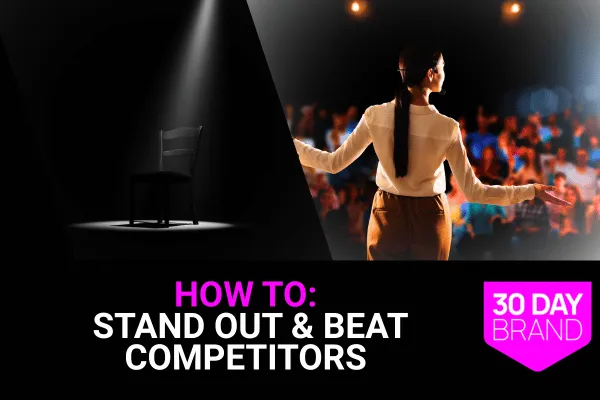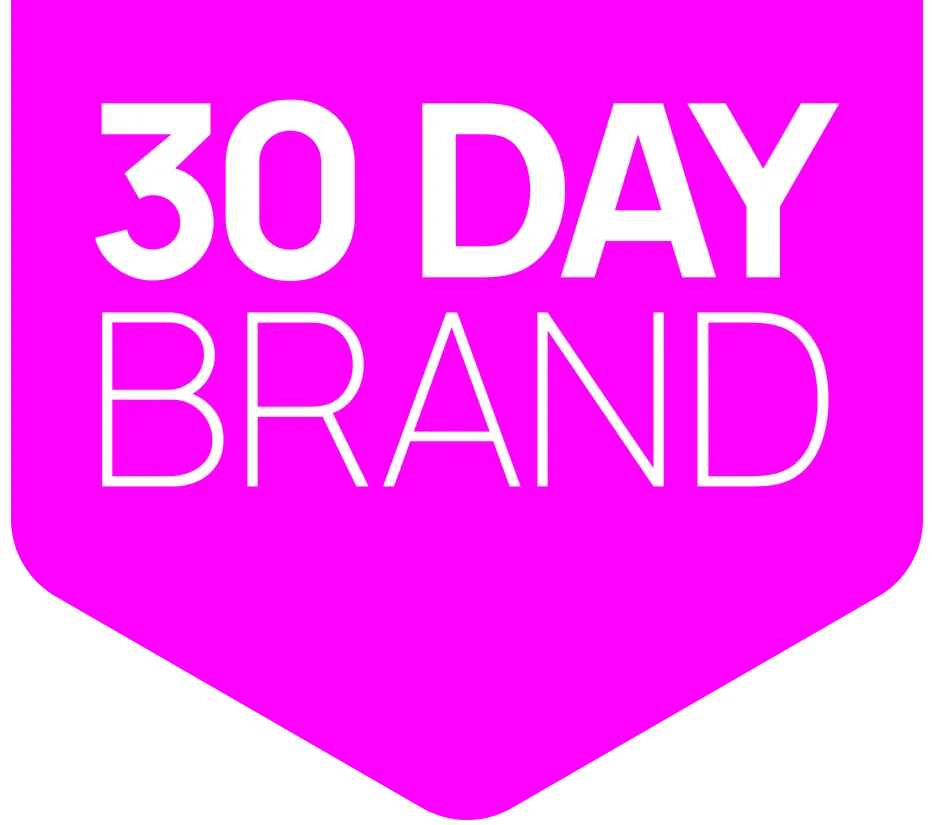
B2B Brand Positioning: How to Stand Out in a Crowded Market
B2B Brand Positioning Overview & Definition
B2B brand positioning defines how your firm claims a unique market space. It shapes buyer perception before sales engagement.
67% of B2B buyers research before contacting a vendor (HubSpot, 2024). Poor positioning loses prospects before you speak.
This guide is for founder-led B2B firms that want premium clients without competing only on price. Clear positioning fuels your client acquisition system and supports a scalable business messaging framework.
Learn the fundamentals in the B2B branding guide.
B2B Brand Positioning Best Practices: 7 Items
Weak positioning creates price wars. Strong positioning builds authority and shortens sales cycles. Here are proven methods.
Item 1: Understand Competitive Landscape
Most founders underestimate rivals. You face direct, indirect, and status quo competition.
Definition: Mapping all competitor types clarifies your actual threats.
How to implement:
List direct rivals with similar services.
Identify indirect rivals with alternative solutions.
Expose status quo costs of doing nothing.
Develop a positioning map to spot gaps.
Test clarity with client interviews.
Expected result: 31% higher win rates (Gartner, 2023).
Time required: 2–3 weeks.
Item 2: Identify Positioning Gaps
The best opportunities exist where competitors fail to serve.
Definition: Spot unmet client needs and underused market spaces.
How to implement:
Target underserved segments that big players ignore.
Expose unmet needs competitors neglect.
Track emerging trends that shift demand.
Review value chain gaps in delivery or support.
Outperform service gaps to create loyalty.
Expected result: Faster differentiation in crowded industries.
Time required: 2 weeks.
Run the Brand Message Audit to uncover hidden gaps.
Item 3: Answer Four Buyer Questions
Buyers filter vendors with four tests.
Definition: Positioning must clearly answer buyer doubts.
How to implement:
Problem clarity: Name urgent pain and business cost.
Proof: Share measurable client outcomes.
Differentiation: Highlight unique capabilities.
Urgency: Show risk of waiting.
Expected result: 15–20% higher pricing power (McKinsey, 2023).
Time required: 1 week.
Explore frameworks in the Brand Messaging Playbook.
Item 4: Apply the Best–Better–Only Model
Strong claims separate leaders from imitators.
Definition: Positioning must show unique category ownership.
How to implement:
Best: Avoid generic claims.
Better: Prove specific improvements.
Only: Claim uncopyable advantages.
Validate statements with data and clients.
Expected result: Clearer authority perception in buyer research.
Time required: 1 week.
Item 5: Test and Validate Positioning
Unproven statements create wasted campaigns.
Definition: Market validation ensures clarity and impact.
How to implement:
Interview clients on perception.
Collect sales feedback on objections.
Run A/B tests on website copy.
Measure relevance, clarity, and proof.
Expected result: 90-day sales cycle reductions (Forrester, 2024).
Time required: 4–6 weeks.
Item 6: Avoid Common Mistakes
Founders often dilute impact with poor execution.
Definition: Positioning fails when generic or inconsistent.
How to implement:
Stop generic messaging.
Focus on outcomes.
Narrow ICP targeting.
Prioritize client language.
Unify messages across assets.
Expected result: Higher trust and authority.
Time required: 1 week of audits.
See B2B branding best practices.
Item 7: Deploy Advanced Strategies
Innovative approaches accelerate credibility.
Definition: Contrarian or displacement tactics win crowded categories.
How to implement:
Competitive displacement: Position your solution as the upgrade.
Problem–agitation–solution: Highlight cost of delay.
Contrarian positioning: Challenge standard advice with data.
Expected result: Faster mindshare in saturated markets.
Time required: Ongoing.
Run a free audit to test advanced positioning.
B2B Brand Positioning Implementation Guide
Step 1: Document Statements
What to do: Write positioning using proven templates.
Tools needed: Brand Messaging Playbook.
Time required: 1 week.
Expected result: Shared clarity across team.
Step 2: Align Team
What to do: Train staff on consistent language.
Tools needed: Internal workshops.
Time required: 1 week.
Expected result: Unified messaging in every client touchpoint.
Step 3: Update Website
What to do: Rewrite homepage with new positioning.
Tools needed: B2B brand identity design guide.
Time required: 2 weeks.
Expected result: Faster buyer comprehension.
Step 4: Test and Refine
What to do: Run A/B headline experiments.
Tools needed: GA4, heatmaps.
Time required: 4 weeks.
Expected result: Higher conversion rates.
Step 5: Expand Messaging
What to do: Apply positioning to LinkedIn campaigns.
Tools needed: LinkedIn marketing strategy guide.
Time required: Ongoing.
Expected result: Better inbound lead quality.
Metrics & Measurement for B2B Brand Positioning
67% of buyers research pre-sales (HubSpot, 2024).
31% higher win rates with clear positioning (Gartner, 2023).
15–20% higher pricing with strong brands (McKinsey, 2023).
90 days average faster sales cycle (Forrester, 2024).
25% budget allocation by top firms to positioning (Gartner, 2024).
Track awareness, win rates, deal size, and retention. Review monthly.
FAQ: B2B Brand Positioning
Q: How fast does positioning impact sales?
A: Sales cycles shorten in 90 days (Forrester, 2024).
Q: What budget should founders set?
A: 15–25% of marketing spend supports brand strategy (Gartner, 2024).
Q: What’s the biggest mistake?
A: Generic claims force commodity pricing.
Q: How can small firms win?
A: Niche focus beats size in positioning.
Q: Do I need new categories?
A: No. Clarify your space before inventing one.
Q: How do I test my message?
A: Run client interviews, A/B testing, and sales team feedback.
Q: How do I know it’s working?
A: Track win rates, deal size, and retention.
Q: Should sales use the same language?
A: Yes. Consistency builds trust.
Q: How do I prove credibility?
A: Use client case studies and measurable ROI.
Q: Where can I learn more?
A: Review the Brand Messaging Playbook.
Let’s Strengthen Your Positioning: Next Steps
Most founder-led B2B firms sound like competitors and lose deals. The solution is clear positioning.
Get clarity with the free Brand Message Audit. It takes less than three minutes and shows where you stand today.










